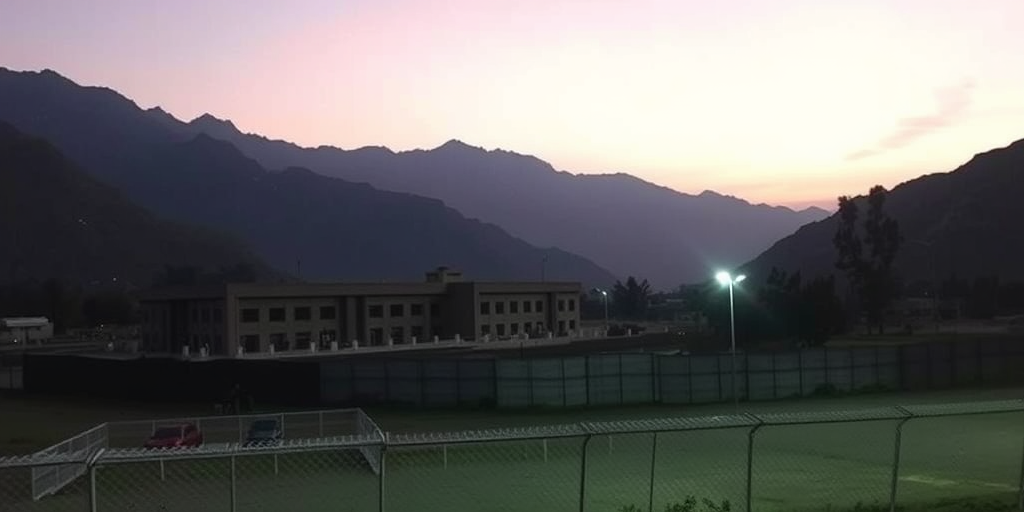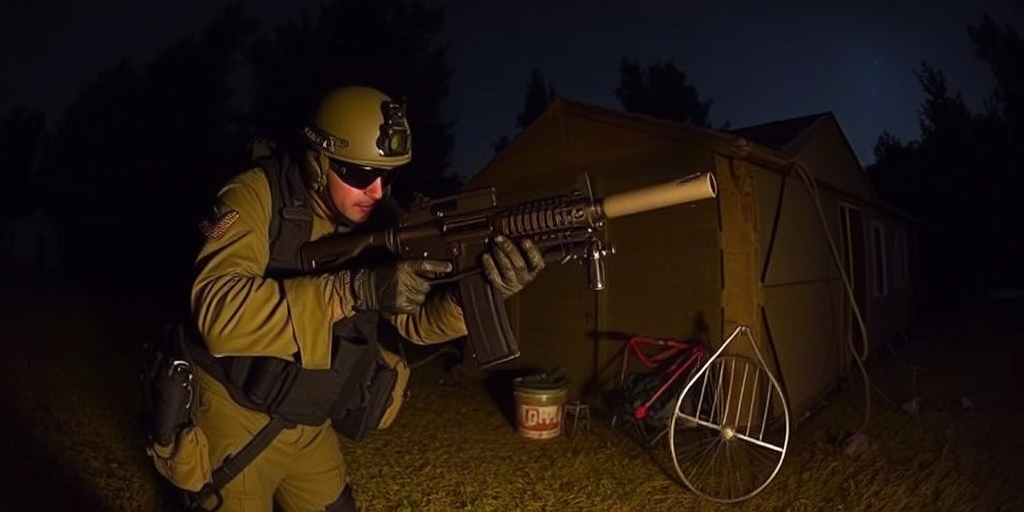What if a single clandestine operation could reshape global counterterrorism forever? Operation Neptune Spear swiftly ended an era of fear by targeting the mastermind behind modern jihadism. As we delve into the operational strategy, mission planning, and precise tactical execution, you’ll discover how a blend of cutting-edge intelligence and specialized forces converged to bring Bin Laden down. This exploration not only recounts the historical context and challenges but also exposes the calculated brilliance behind the raid, offering invaluable insights into one of history’s most pivotal moments.
Mission Planning and Strategic Execution of Operation Neptune Spear: How Bin Laden Was Taken Down

The intricate orchestration of Operation Neptune Spear demonstrates an unparalleled coordination among US special forces, Navy SEAL Team Six, intelligence agencies, and top military strategists. Months before the assault on Bin Laden’s compound, intense classified mission briefings and interagency consultations laid the groundwork for a data-fueled strike. Critical contributions from CIA analytic support refined the intelligence picture, verifying target details through advanced digital tools and drone reconnaissance. This robust strategic planning process ensured that decision-makers had the most accurate information available before moving forward.
Presidential authorization was a decisive element in the chain of command, empowering military leaders to authorize the high-risk mission. Detailed tactical planning sessions outlined every aerial insertion maneuver, leveraging Blackhawk helicopters outfitted for stealth and rapid deployment. The operation’s success rested on the precise execution of complex aerial insertion tactics, further refined during specialized training exercises that blended joint collaboration with real-time analytics.
Key preparatory stages involved:
- Integration of CIA intelligence with special operations planning
- Rigorous mission rehearsals to simulate compound breach scenarios
- Coordination between command centers and field units via secure communications
- Final classified briefings that solidified rapid-deployment protocols
Such steps underscored a level of interagency collaboration that merged military prowess with cutting-edge analytic support. Every decision, from route selection and helicopter ingress to contingency planning, was scrutinized under the lens of risk management and operational stealth. The collective expertise of US special forces, demonstrated by Navy SEAL Team Six’s precision, showcased the efficient utilization of both human and technological resources. This meticulous synchronization between intelligence and tactical execution ultimately crafted an unyielding foundation for one of the most strategically executed operations in modern counterterrorism history.
Operational Aftermath and Global Impact of Operation Neptune Spear: How Bin Laden Was Taken Down

President Barack Obama’s announcement on May 1, 2011, at 11:35 p.m. Eastern Time marked a turning point in international counterterrorism. Immediate national security responses underscored the profound global security impact of the raid. Military analysts and policymakers quickly evaluated the operation’s outcomes, noting a marked shift in both domestic and international counterterrorism strategy.
The operation’s successful execution not only redefined the scope of military retrieval operations but also reset the parameters for US government decisions on counterterrorism policy. A rigorous post-raid analysis revealed that the elimination of Bin Laden disrupted extremist networks and recalibrated international counterterrorism efforts. Political aftermath consequences were evident in enhanced security protocols and a restructured interagency approach to global threats.
Key reflections on the raid’s legacy include:
- Reinforced military honor in confronting terrorism
- Scrutiny and revision of intelligence-sharing practices among allies
- A strategic framework influencing subsequent counterterrorism operations
- An enduring public narrative of precision and resolve in national security decision-making
The media portrayal of the mission played a critical role in shaping public perception, emphasizing not only the tactical success but also the broader geopolitical ramifications. Across international borders, security agencies leveraged insights gained from the operation to refine strategies against non-state actors, ultimately contributing to a more robust global security architecture. The bin Laden raid, as a counterterrorism operation, set a precedent for decisive action and interagency coordination in the ongoing fight against terrorism worldwide.
Final Words
In the action, the article deep-dived into the evolution of Bin Laden’s trajectory and the strategic groundwork that culminated in the raid.
The detailed planning, stealth tactics, and special forces coordination were explored with technical precision.
Each segment underscored the operation’s profound global impact.
The intricate maneuvers and collaborative intelligence efforts highlight the tactical brilliance of Operation Neptune Spear: How Bin Laden Was Taken Down.
This exploration reinforces the value of thorough analysis and presents a hopeful narrative for future strategic operations.
FAQ
Q: How was Osama bin Laden taken down?
A: Navy SEAL Team Six executed Operation Neptune Spear on May 1, 2011, infiltrating bin Laden’s compound in Abbottabad, Pakistan via stealth helicopters. The 40-minute raid resulted in bin Laden’s death during a brief firefight.
Q: Why was SEAL Team Six chosen instead of Delta Force?
A: SEAL Team Six was selected due to their specialized maritime capabilities, extensive counterterrorism experience, and their operational readiness status at the time of mission planning.
Q: How long did it take to plan Operation Neptune Spear?
A: The operation required several months of intensive planning, involving CIA intelligence gathering, satellite surveillance, and detailed mission rehearsals. The final operational plan was approved by President Obama in April 2011.
Q: What happened during the actual raid?
A: The raid involved two modified Blackhawk helicopters, with one crash-landing in the compound. SEAL operators breached the building’s defenses, eliminated hostile threats, and confirmed bin Laden’s identity before extraction.
Q: How was bin Laden’s location discovered?
A: Intelligence analysts tracked bin Laden’s trusted courier to the Abbottabad compound. Months of surveillance, including satellite imagery and ground reconnaissance, confirmed bin Laden’s presence with high probability.
Q: What was unique about bin Laden’s compound?
A: The 38,000-square-foot compound featured 5.5-meter-high security walls, multiple internal barriers, and sophisticated security measures. Its location near a military academy made it an unusually bold hiding place.
